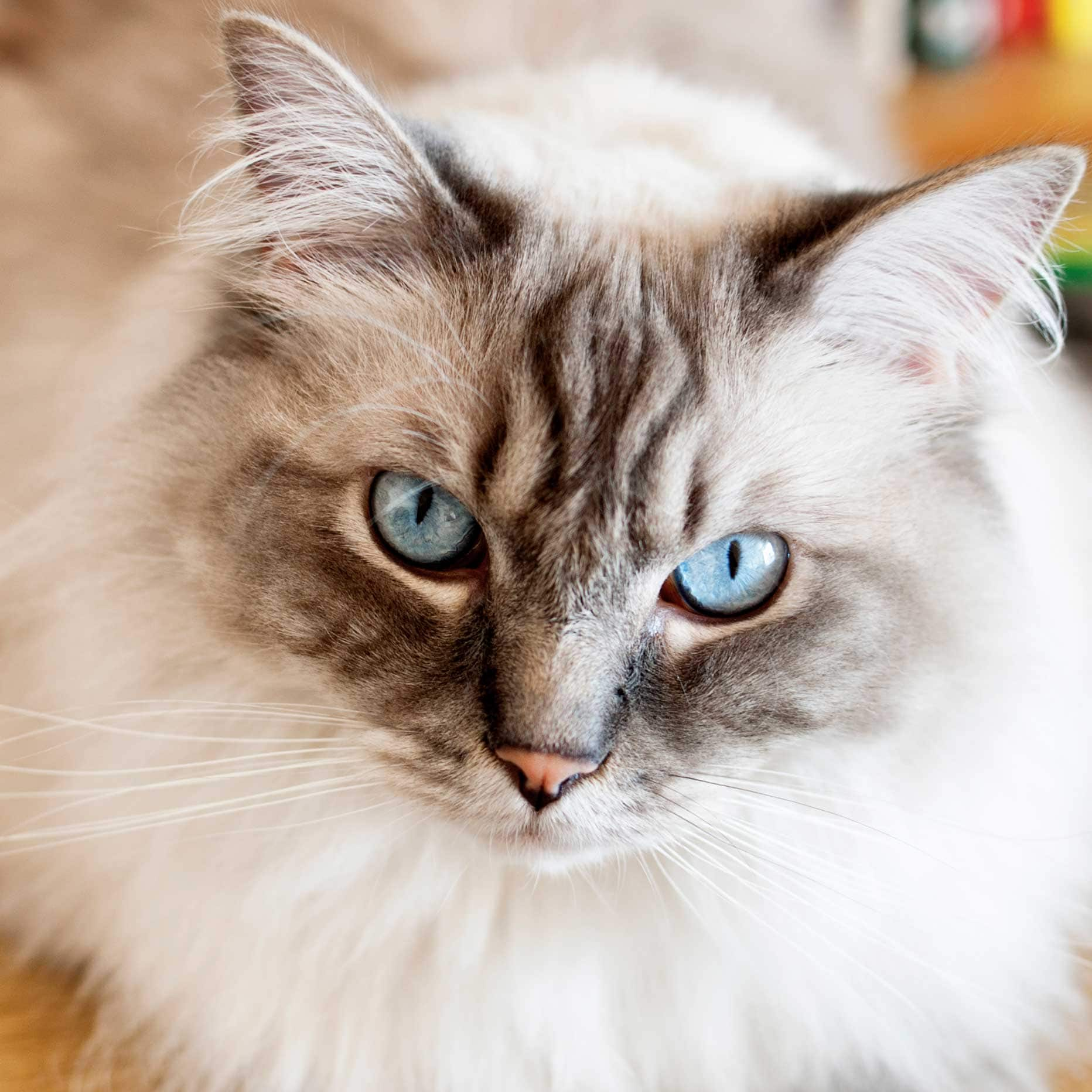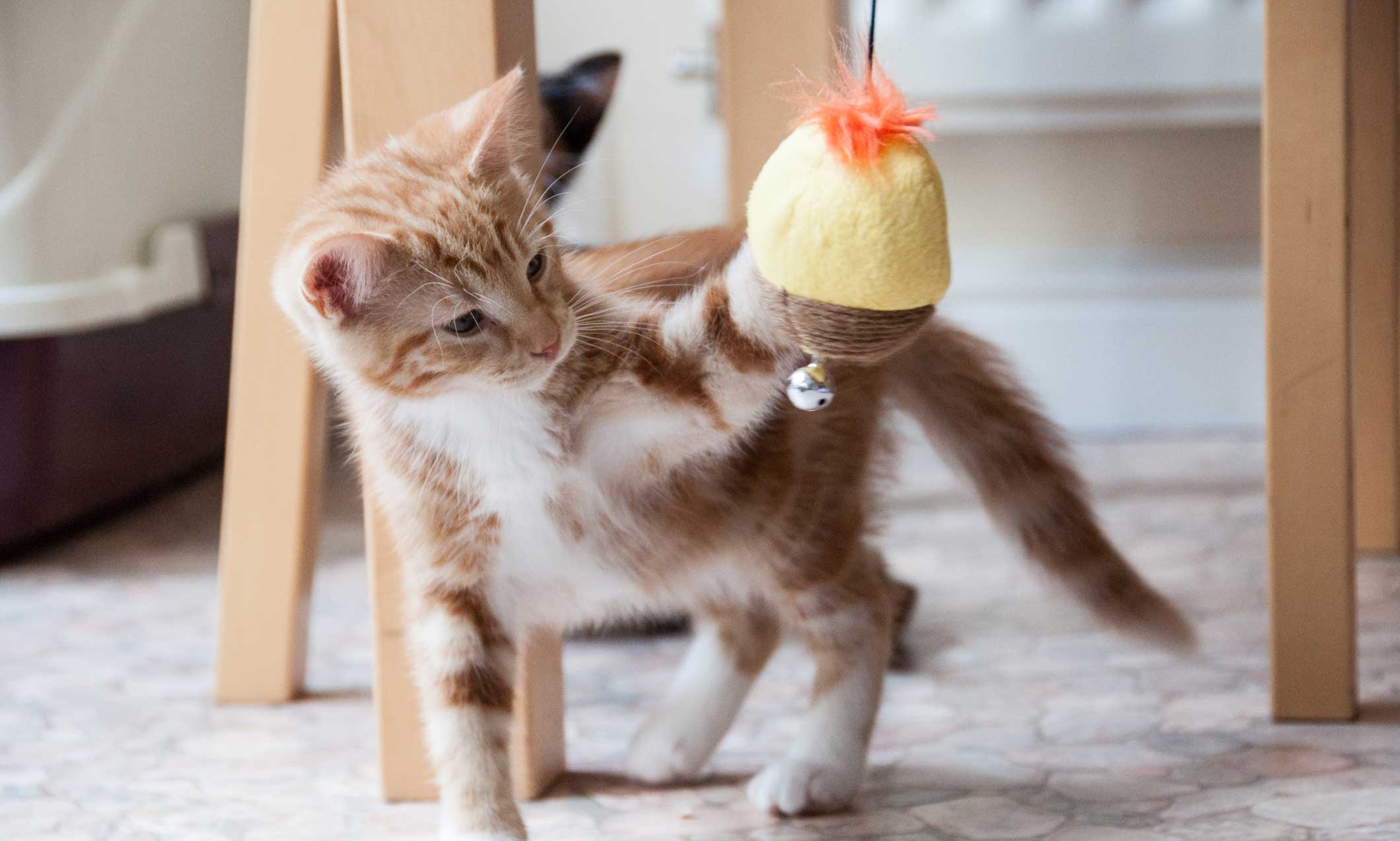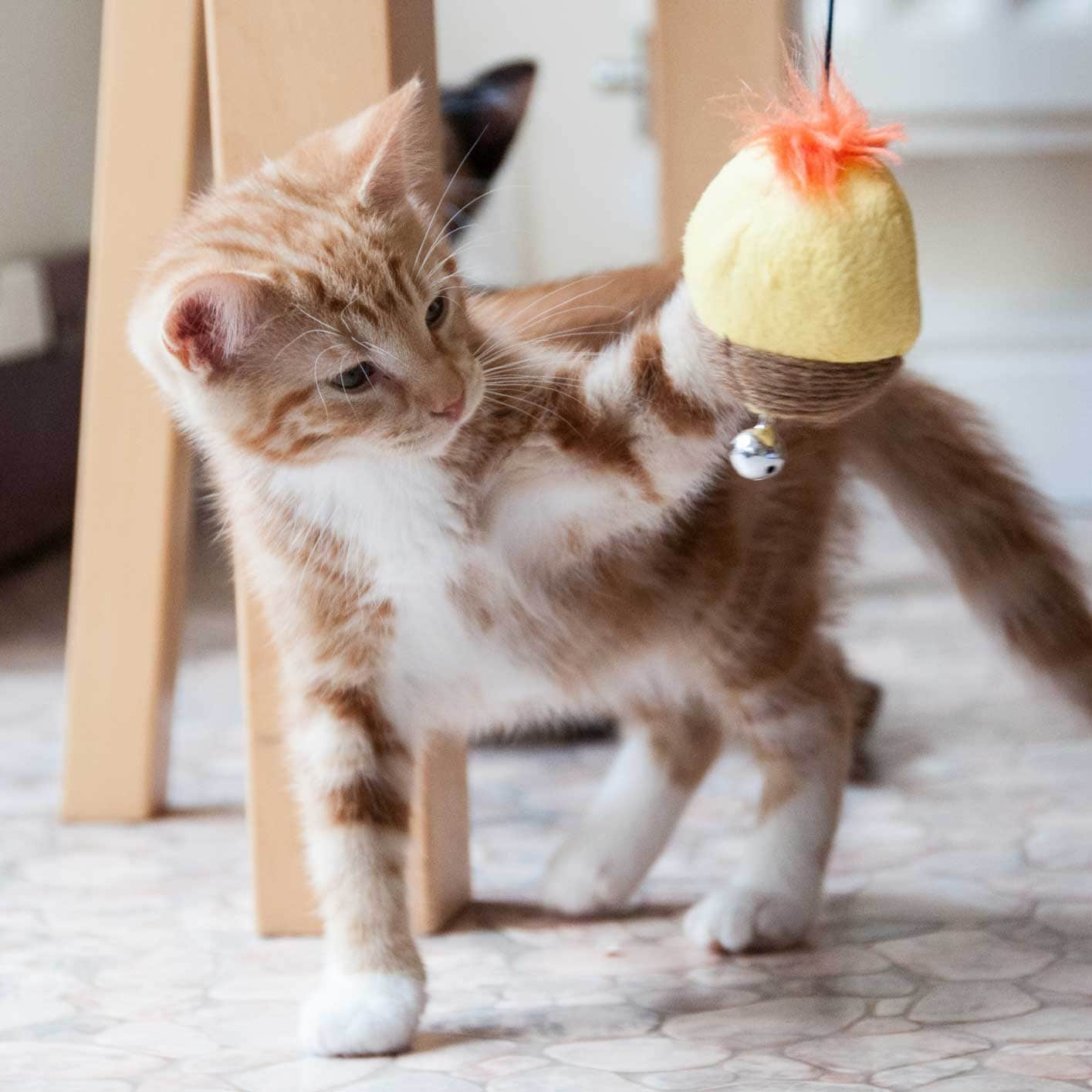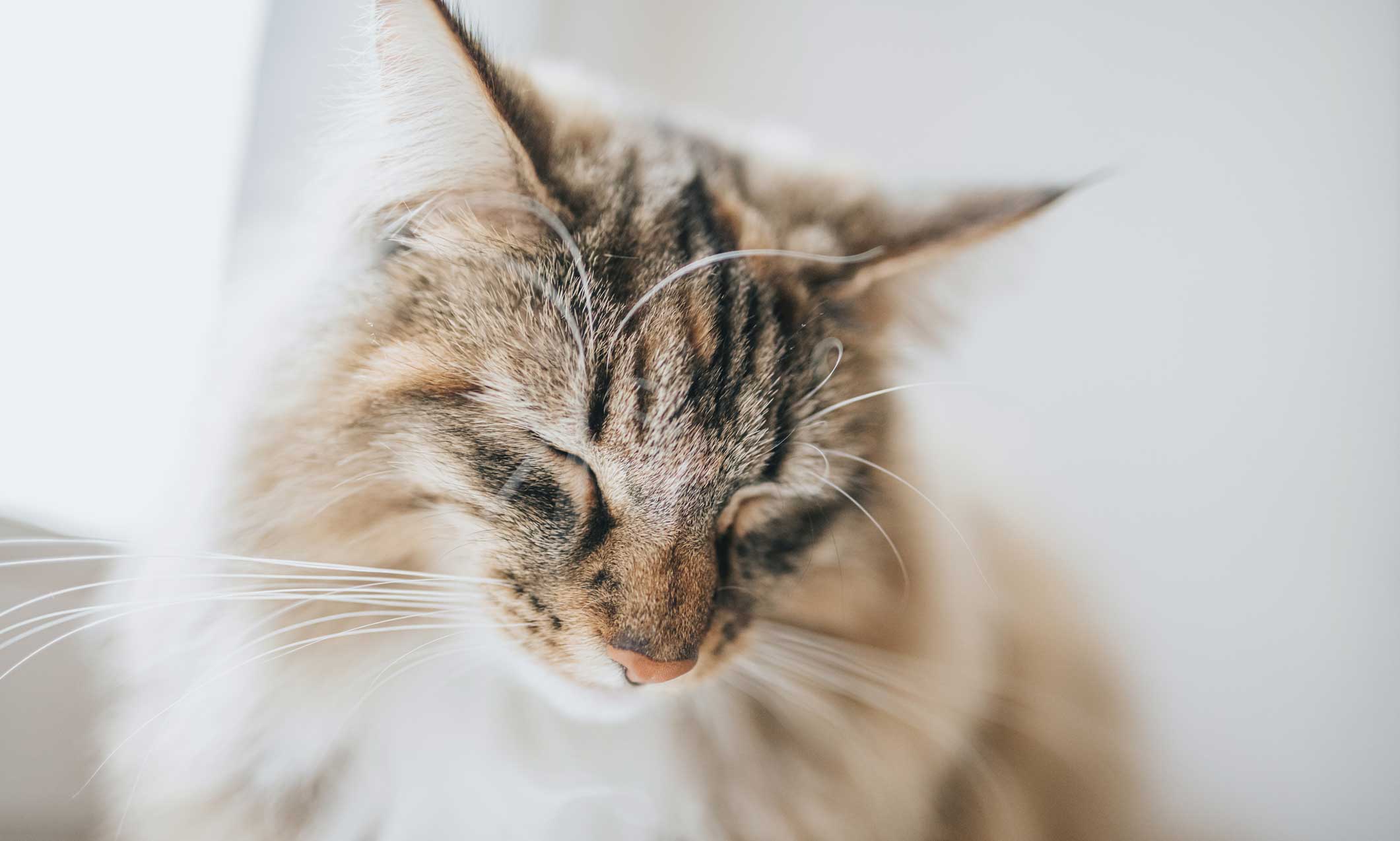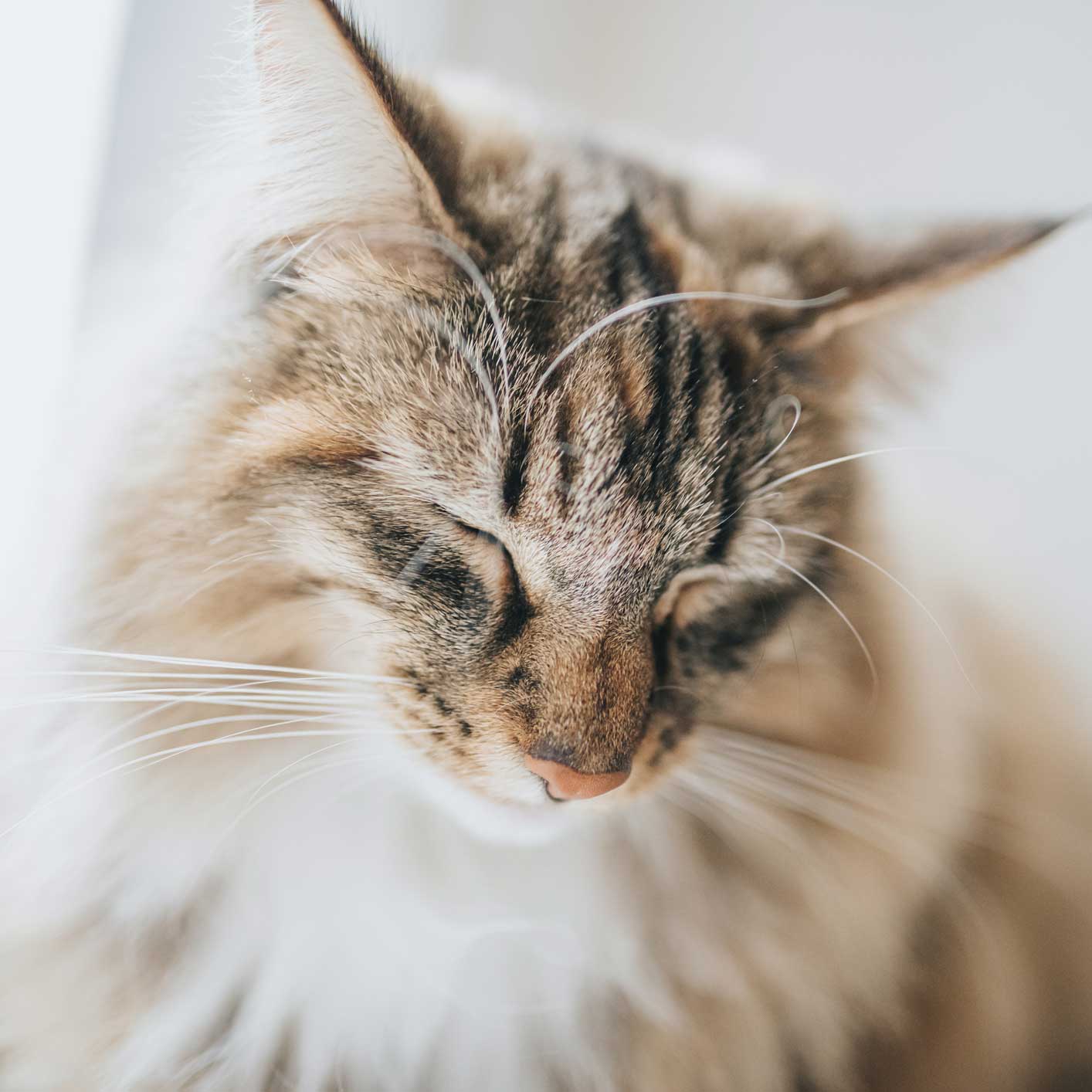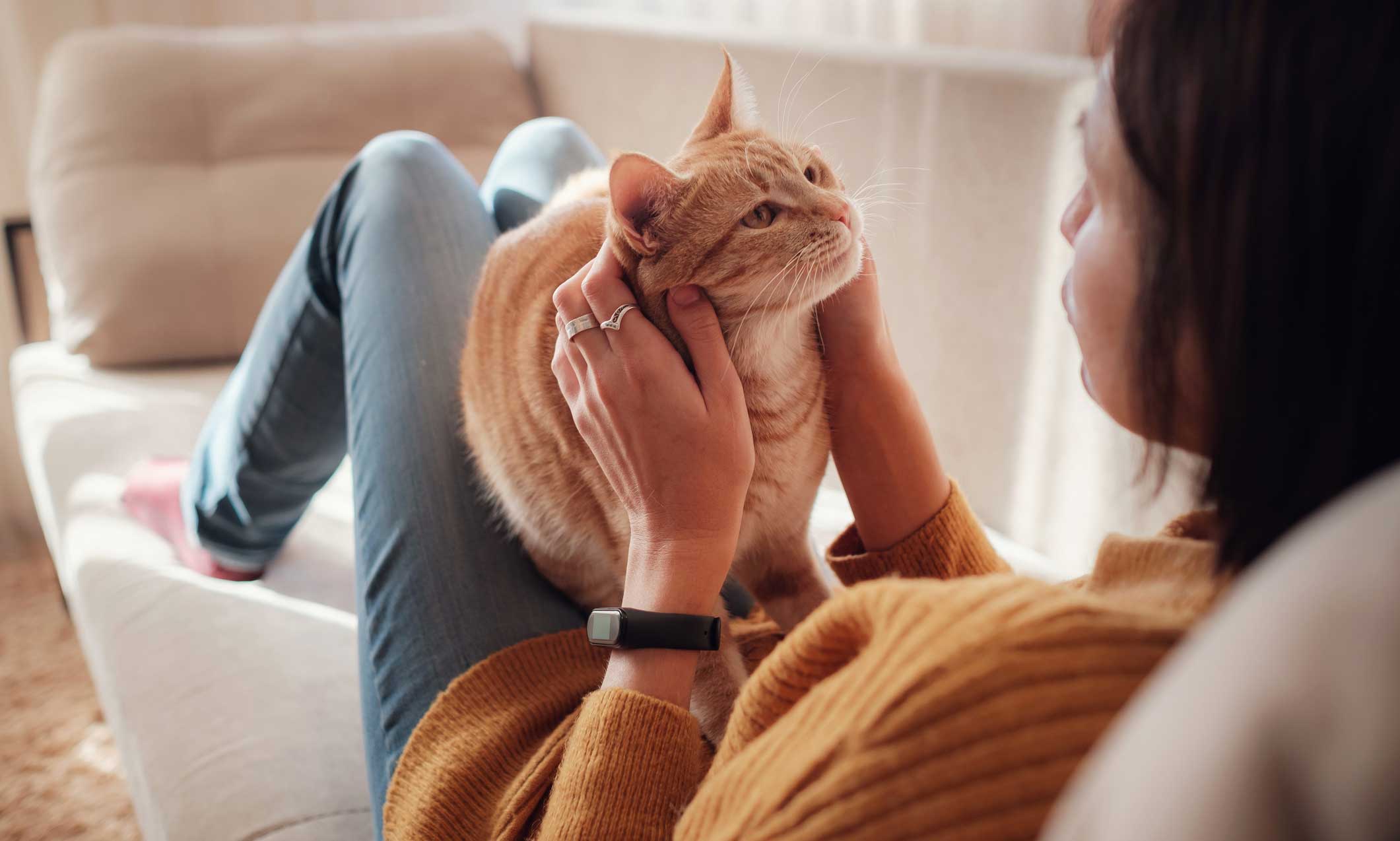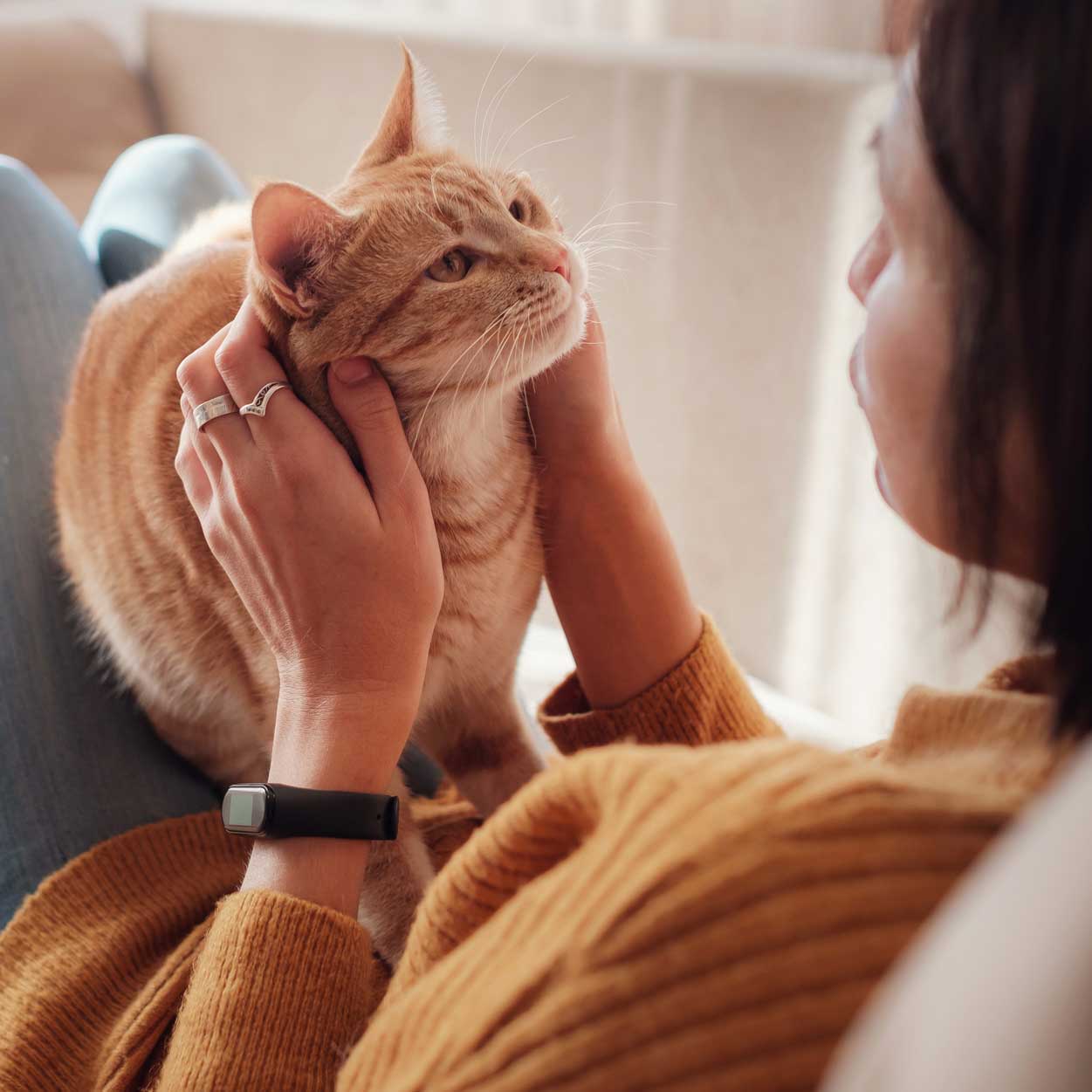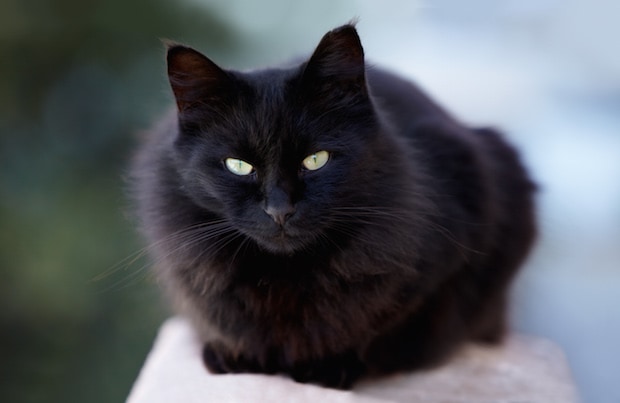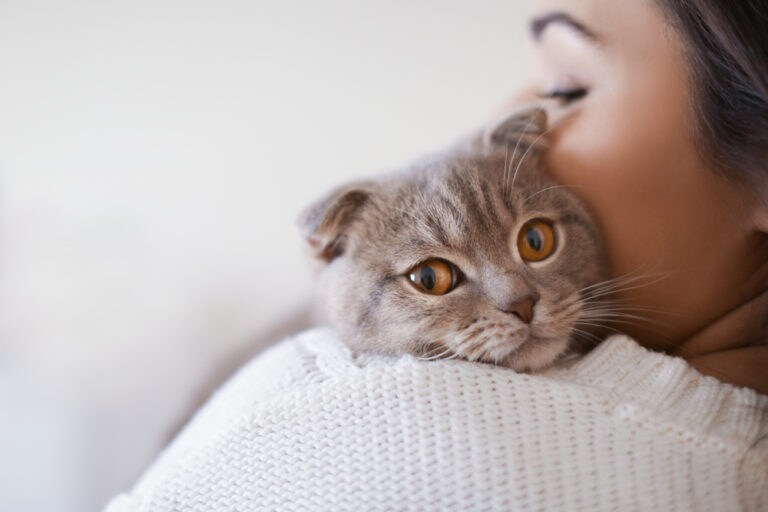If there’s one captivating feature of cats, it’s their eyes—those stunning, brightly illuminated orbs that seem to hold an entire cosmos of mystery and intrigue.
Cat eyes are truly fascinating. Each element serves a purpose, from their slit pupils to the reflective layer that gives them their glow-in-the-dark appearance. We spoke to vet experts to learn how cat eyes work and how cat parents can best care for them.
Click to jump to each section:
What Makes My Cat’s Eyes So Unique? How Do Their Eyes Work?
Dr. Erin O’Leary, DVM, co-founder of Heal House Call Veterinarian in Cary, North Carolina, shares about the awe-inspiring components that make up a cat’s eye.
Tapetum Lucidum
The tapetum lucidum is a layer of tissue located at the back of the eye, just behind the retina. Abundant with crystals, this thin layer gives cat eyes their characteristic glow, visible when illuminated by a flashlight or car headlights.
The tapetum lucidum plays a significant role in enhancing a cat’s night vision by reflecting visible light back through the retina. This phenomenon gives photoreceptors a second opportunity to capture the light, which amplifies the cat’s ability to see in low-light conditions.
The Third Eyelid
The third eyelid, known as the “nictitating membrane,” is a thin film that originates from the corner of a cat’s eye. While barely visible when a cat is awake and alert, this membrane naturally moves to cover the eye when the cat blinks or begins to fall asleep, becoming more noticeable from an external viewpoint.
The third eyelid serves as an extra layer of protection for your cat’s eyes. In situations when the eye is under threat, whether from dust particles or during a catfight, this membrane closes to shield the eye from potential harm while still enabling some degree of vision.
Elliptical Pupils
Cats have vertical, slit-shaped pupils that can swiftly adjust their size in response to different lighting conditions. In bright light, a cat’s pupils contract into thin slits to protect the sensitive retina from potential damage. Conversely, in low-light conditions, the pupils dilate (expand) widely to allow in as much light as possible, thereby optimizing visibility.
Cats’ pupils also dilate when they’re scared, surprised or preparing to attack. This is part of the “fight-or-flight” response mechanism. Dilated pupils allow more light to enter the eye, which enhances visual sensitivity and broadens the field of view.
High Rod Count
Rods are a specific type of photoreceptor cell located in the retina of a cat’s eye. They play a crucial role in detecting changes in light, shapes and movement. Cats have a high concentration of rods, which significantly enhances their capability to see in dim light and perceive even the slightest movements.
Wide Field of View
Cats’ eyes are positioned more on the sides of their head, giving them a broader field of view compared to humans. This wide-angle vision is advantageous for detecting motion and spotting potential prey or predators.
Can My Cat See in the Dark? How Does It Work?
“Cats can see better than we do in the dark,” says Dr. O’Leary.
This is due to the increased number of rods in their eyes and the fact that their pupils expand wider than ours do, allowing more light in, Dr. O’Leary adds.
Additionally, the tapetum lucidum further enhances a cat’s ability to gather light in dark environments.
While cats may not be able to navigate in total darkness, near-dark conditions are more than manageable for them, which reinforces their prowess as hunters during dawn and dusk.
Can My Cat See Color?
The difference in color perception between cats and humans is due to the distinct structure of photoreceptor cells in their eyes. There are two types of photoreceptor cells: rods, which are more sensitive to light and motion, and cones, which are responsible for color vision.
Humans typically have three types of cone cells in their eyes that can identify combinations of red, blue and green. This gives us trichromatic vision, enabling us to see a broad spectrum of colors.
Cats, on the other hand, are believed to have dichromatic vision, meaning they have only two types of cone cells. As a result, their color perception is more limited compared to humans.
What Colors Can My Cat See? Which Colors Can They See Best?
Cats’ cone cells are most sensitive to wavelengths of light in the blue-violet and yellow-green ranges. As a result, they are likely to see blue and yellow hues the best, while shades of red and green may appear as variations of blue or gray.
Pro tip: To enhance your cat’s visual experience, provide them with blue and yellow toys, like the following:
How Does Cat Vision Compare to Human Vision?
Cats and humans have different visual capabilities, each adapted to their specific evolutionary needs. Here’s a comparison between the two:
- Light sensitivity: Cats can see much better than humans in low-light or near-dark conditions.
- Visual acuity: Cats have less visual acuity than humans, meaning their vision is not as sharp. The typical human has 20/20 vision, while a cat’s vision is estimated to be around 20/100 to 20/200. This means that when a cat can see an object clearly at 20 feet, a person could clearly see that same object at 100 or even 200 feet.
- Color perception: Humans can see the full rainbow of colors, while cats are thought to see primarily in shades of blue and yellow.
- Field of view: Cats have a wider field of view than humans do. While a human’s field of view is typically around 180 degrees, a cat’s is estimated to be approximately 200 degrees.
- Depth perception: Cats have greater depth perception compared to humans, which is advantageous for hunting and pouncing on prey.
What Medical Issues, Conditions or Diseases Can Affect My Cat’s Eyes?
Conjunctivitis
This is inflammation of the conjunctiva, the tissue that covers the front part of the eye and lines the inner surface of the eyelids. Symptoms can include:
- Redness
- Swelling
- Discharge (yellow or greenish)
- Squinting
- Excessive tearing or watering
A very common cause of conjunctivitis in cats is viral infections (upper respiratory infections including feline herpesvirus and feline calicivirus), which often start when they are kittens and then recur throughout their lifetime, says Dr. O’Leary.
Conjunctivitis can also be caused by bacterial (chlamydiosis) and parasitic infections.
Uveitis
This is inflammation of the eye itself. The most common causes include bacterial, fungal, viral and parasitic infections.
Cats suffering from uveitis experience eye discomfort and light sensitivity, which can result in behaviors like squinting or pawing at their eye. The affected eye might also appear cloudy or red.
Trauma
Physical injury to the eye can result from rough play, foreign objects or self-inflicted trauma through rubbing or scratching. Eye trauma can range from minor scratches to more severe cases such as proptosis, where the eye protrudes from its socket.
Allergies and Irritants
Similar to humans, cats can have allergic reactions to various substances, including pollen, dust, certain foods or specific types of litter. These allergies can manifest as a form of allergic conjunctivitis. Additionally, exposure to irritants such as smoke, dust or chemical fumes can also cause conjunctivitis in cats.
Glaucoma
Glaucoma refers to the condition where there is increased pressure within the eye, often resulting from inflammatory disorders or a tumor inside the eye. Common signs of glaucoma in cats include:
- Squinting
- Pawing at the eye
- Watery eyes
- Different sized pupils
- A cloudy or bluish cornea
- Swelling or bulging of the eyeball
Prompt treatment is crucial as untreated glaucoma can lead to blindness.
Cataracts
Cataracts refer to opacities that develop in the lens of the eye, resulting in blurred vision and, eventually, blindness. The most common cause is aging. Cataracts are less common in cats than in dogs.
How Can I Better Care for My Cat’s Eyes? What Do I Need to Take Care of My Cat’s Eyes?
Dr. Kristan Riley, DVM, from Heal House Call Veterinarian in Vass, North Carolina, offers some tips for preserving your cat’s eye health:
Regular Checkups
Take your cat for regular vet checkups. An expert can catch eye problems early before they become serious.
Regular Home Eye Inspections
Make it a habit to regularly examine your cat’s eyes. Healthy cat eyes should appear clear and bright, with the area around the eyeball being white. If you notice any redness, cloudiness, change in color, or if the third eyelid becomes visible, this could indicate a potential problem and should be addressed by a vet.
Observe Changes in Behavior
Changes in behavior in your cat can be a sign of vision problems. For example:
- Not jumping like they used to
- Tracing walls around the home instead of walking through the middle of a room
- Having trouble finding a toy
If you notice any changes that might suggest vision issues, schedule an appointment with your veterinarian ASAP.
Protect from Injury
Take precautions to safeguard your cat from potential eye injuries. Be mindful of any sharp objects at eye level or harmful chemicals within your home. Also, if you allow your cat to go outside, be aware of the risks associated with fights with other cats or encounters with other potential hazards that could pose a threat to their eyes.
Provide a Balanced Diet
A well-balanced cat food provides your kitty with the necessary vitamins and minerals for their overall health, including the health of their eyes.
Use Eye Care Products as Needed
Specialized cat eye care products can be used to keep your cat’s eyes clean and healthy. Here are a few good over-the-counter options for different needs:
- Miracle Care Sterile Wash Pads for cleaning and eliminating dirt, grime and bacteria in and around the eyes, which can potentially lead to infections.
- Optixcare Eye Lube for hydrating and soothing the eyes.
- Vetericyn Plus Antimicrobial Eye Wash for cleaning and flushing discharge from your cat’s eyes caused by allergies or other eye problems.
- Angels’ Eyes Tear Stain Soft Chews for preventing tear stains caused by runny eyes.
- Terramycin Ophthalmic Ointment for fighting eye infections caused by bacteria.
- Vetoquinol Viralys Powder Immune Supplement for supporting the immune system, keeping viruses like feline herpes in check.
- Animal Necessity Ocu-GLO Vision Support Soft Chew for overall support for maintaining good eye health.
It is always recommended to get your vet’s approval before using any new eye treatment on your cat.
The distinctive features of a cat’s eyes are not only fascinating but also vital for their overall health and well-being. By diligently monitoring and caring for your cat’s peepers, you can ensure that your feline companion continues to experience the world with clear, curious eyes for many years.
P.S. Did you know that cats “talk” with their eyes? Learn how to decode your cat’s eyes and other body language.
More about caring for your cat:
Share:


